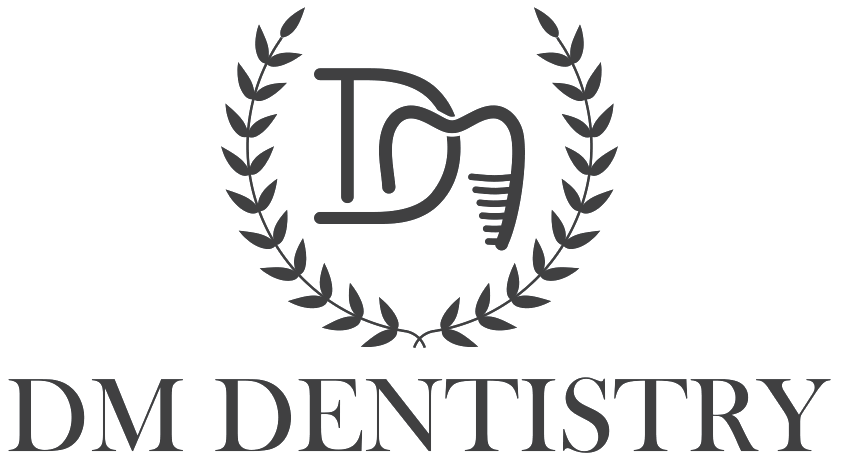Cosmetic Dentistry
Dental Veneers in San Ramon
Patients looking to enhance their smiles may consider dental veneers or laminates. While these terms are often used interchangeably, there are some differences between them. Both options can effectively improve the appearance of a smile. Understanding the distinctions between veneers and laminates can help you select the best choice for your specific needs and goals.

